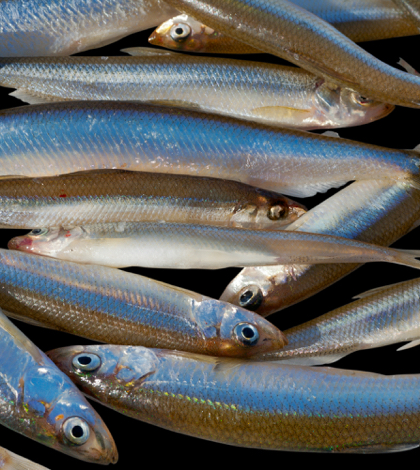An experiment to boost the food supply chain for the endangered Delta smelt is providing hope for the tiny fish in the Sacramento-San Joaquin River Delta. Federal, state and local water suppliers along with scientists from the California Department of Water Resources are working to improve the long-term decline in the tiny water plants and microscopic shrimp that the Delta smelt feed on.
Officials announced Wednesday that efforts to slow fast-moving Sacramento River water into the Yolo Bypass flood plain, characterized as a wetland and tidal slough corridor adjacent to the Sacramento River, have been successful. With the water slowed, a tenfold increase phytoplankton — tiny plants that the microscopic shrimp feed on – has been successful.
“We need the green stuff in order to grow zooplankton, the small microscopic shrimp that Delta smelt rely on,” says Ted Sommer, the California Department of Water Resources’ lead scientist on the project. “It’s an encouraging result with the promise to boost food in the Delta,” said Ted Sommer, lead scientist for the Department of Water Resources. “It’s a first step, but it’s too early to say how it will affect the smelt.”
Local farmers and water districts upstream from the Sacramento River Delta helped to divert upwards of 15,000 acre feet of water into the Yolo Bypass. Current theories by scientists involved in the project is that the slower-moving water is more akin to the swamp-like environment of the Delta prior to the introduction of dams, levees and canals. These conveyances have sped-up the flow of the Delta and potentially interrupted the environment needed by the Delta smelt.
“The results surpassed our expectations,” said Charlton Bonham, the state’s fish and wildlife director, “and give us hope that in future years we can relatively quickly and easily take advantage of the Yolo Bypass flood plain to improve conditions for a species on the brink of extinction.”
Though some farmers in the Central Valley claim efforts to stop the decline of the smelt for reducing water supplies, Sommer defended the current experiment as only a temporary diversion of Sacramento River water.
“Water was diverted from the Sacramento River, run through the Yolo Bypass, but then it flows right back into the Sacramento River,” says Sommer. “So it’s still available downstream.”
But naysayers of the $1.6 million project—spent over a three-year period—were quick to criticize the efforts as too little, too late saying it doesn’t provide more water for the smelt. They contend that the fish have declined because of the amount of Delta water being directed to farmers and cities in the south state.
Jonathon Rosenfeld, lead scientist with the Bay Institute, challenged the partnership’s efforts saying, “I’m not against good scientific tests, but they should be taking strong measures now to prevent the extinction of the smelt. This test is an easy, feel-good thing to do, but they aren’t doing the big really important things to help the fish by providing them with more water.”
The partnership of the state Water Resources, the Glenn-Colusa Irrigation District, the federal Bureau of Reclamation, multiple reclamation districts and farmers and ranchers in the northern Sacramento River region collaborated in the Yolo Bypass experiment. Scientists with the project are now researching whether adding sand, used by the smelt for spawning, will aid in the effort to increase the smelt’s numbers. The project is part of the larger Delta Smelt Resiliency Strategy.
 California Water News Daily Your Source For Water News in California
California Water News Daily Your Source For Water News in California


